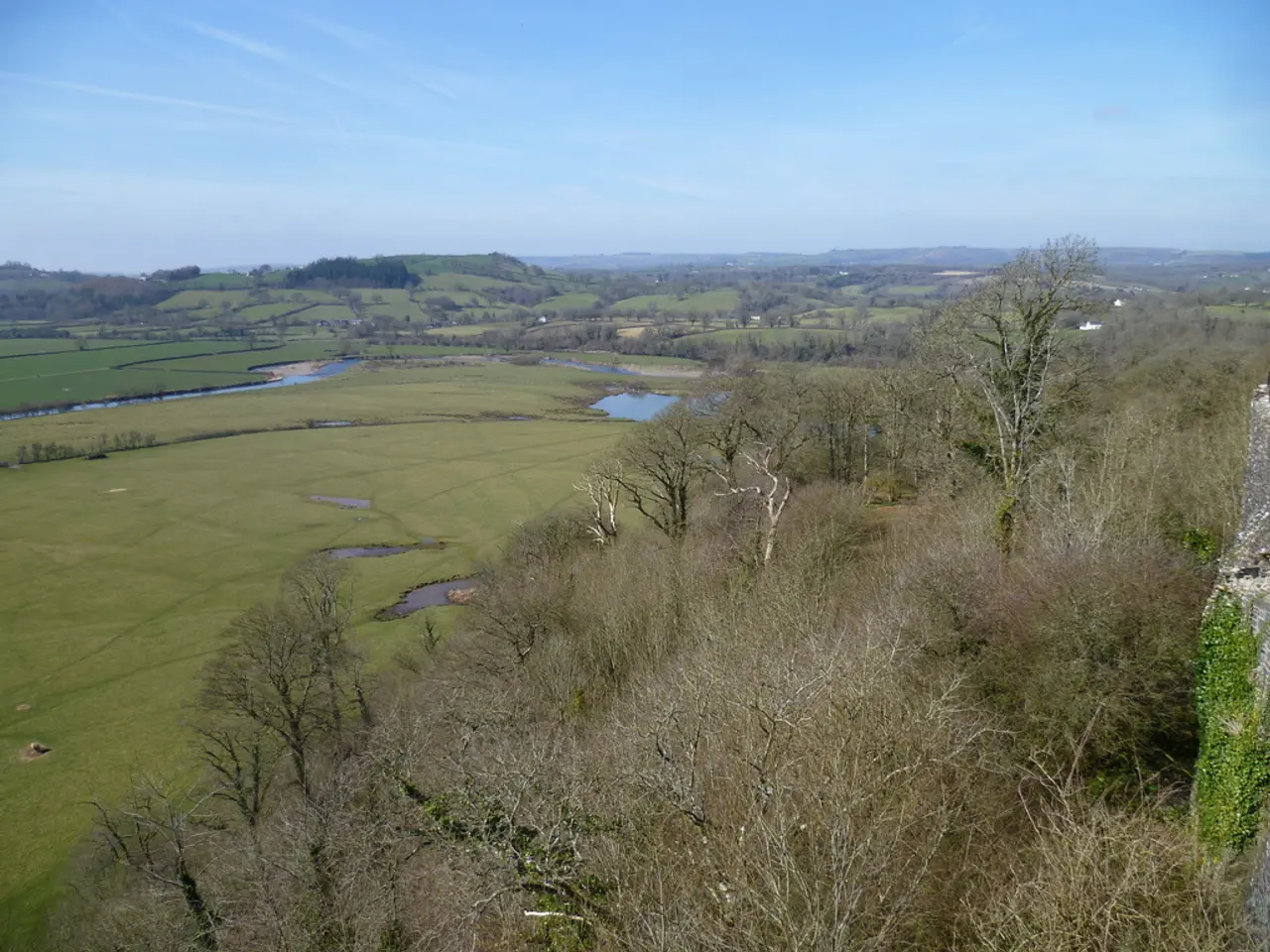Farming practices assessment disputes prior beliefs about early agricultural societies
In a groundbreaking study published in PLOS One, researchers have challenged the conventional understanding of the transition from foraging to farming among ancient Andean civilizations, suggesting that it was not driven by economic hardship or resource scarcity as previously thought.
The research, led by Luis Flores-Blanco and his team, focused on 16 individuals buried in archaeological sites in the Lake Titicaca Basin, spanning the period from 5,000 to 3,000 years ago. By analysing carbon and nitrogen isotope signatures in their bones, the team discovered that 84% of their diet consisted of plant material, with a small proportion coming from large mammal meat.
Remarkably, this diet composition remained stable during the transition period, mirroring diets from earlier foraging groups and later farming communities. This suggests a smooth transition rather than a crisis-driven shift caused by depletion of wild resources or population pressures.
Luis Flores-Blanco emphasises that this challenges the long-standing belief that agriculture emerged among these Andean peoples as a "last resort." Instead, it was a time of economic resilience and cultural innovation in the Andes, where early agricultural practices were successfully integrated into existing subsistence strategies rather than replacing them suddenly due to hardship.
Ancient Andean communities effectively managed their resources by domesticating both plants and animals, such as potatoes, quinoa, and camelids, and gradually incorporating these domesticated species into their diet. The development of new technologies like archery and ceramics, and an expanding trade network, may have supported the economic strengthening of the region.
The study, originally published by Cosmos under the title "Diet analysis challenges current understanding of early farmers," offers a new perspective on the transition to farming in the Andes. Rather than reflecting desperation, it was an active, managed adaptation that reflected thriving and innovative ancient communities gradually domesticating plants and stabilising their food systems over several centuries.
This new perspective overturns the conventional theory that early farming arose as a direct response to economic or environmental crisis. The authors invite further research to explore the complexities of this transition and deepen our understanding of ancient Andean societies.
[1] Flores-Blanco, L., et al. (2021). Diet analysis challenges current understanding of early farmers in the Andes. Cosmos. [2] Flores-Blanco, L., et al. (2021). Stable isotope analysis reveals the resilience of Andean societies during the transition to agriculture. PLOS One. [3] Hinostroza, L. (2021). The transition to agriculture in the Andes was not driven by necessity or periods of crisis. Nature. [4] Flores-Blanco, L., et al. (2021). The Andean transition to agriculture: A resilient process of cultural innovation. Science.
- The study by Flores-Blanco's team in PLOS One suggests that the transition to farming among ancient Andean civilizations was not solely driven by economic hardship or resource scarcity, but rather a process of cultural innovation, as indicated by the analysis of individuals' diets spanning 5,000 to 3,000 years ago.
- The research highlights that fitness-and-exercise, through the domestication of animals like camelids, played a crucial role in the transition, as did health-and-wellness practices like the adoption of a healthy-diets primarily consisting of plant material and a small proportion of large mammal meat.
- This new understanding of the ancient Andean farming transition, as depicted in the work published in Science and Nature, underscores the importance of understanding nutrition and the role it played in space-and-astronomy, as these societies gradually domesticated plants and stabilized their food systems over several centuries.




